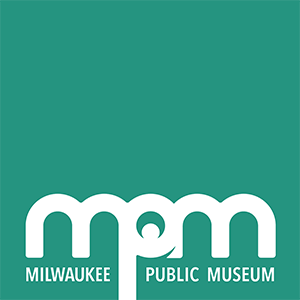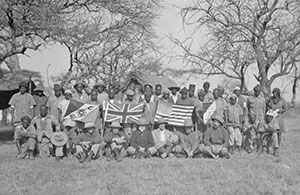Medicine and Healing
The health and well-being of community members were of prime importance, and Great Lakes Indians people had a number of techniques which they used to prevent and cure various illnesses.
Both illnesses of the body and the spirit were recognized and had specific cures and preventative techniques. Minor illnesses of the body could sometimes be cured by a sweat bath or by taking an herbal or other remedy.


